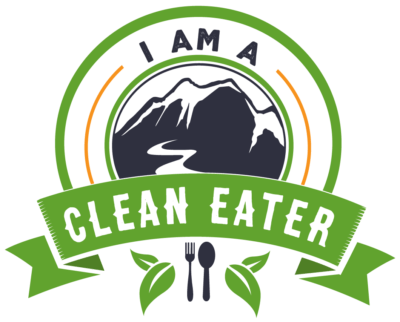Organic Foods Can Make a Difference, But how?
Many people today continue to believe that switching to organic grown produce has no real benefit. The food industry tells us that all the chemical additives are for our benefit. There are too many people in the world and not enough food to feed them. In order to accommodate population expansion and water shortages scientists genetically modified the seeds used to grow our foods. The result of doing this is higher yields and less susceptibility to disease and insect predators.
Genetically Modified Foods (GMOs) were given the ability to be resistant to chemical week killers. Farmers can spray their crops with certain chemicals which kill the weeds, but the GMO plants survive unscathed. There are several problems with this model and several questions we have to ask ourselves. What nutritional value do we lose in genetically modifying foods and what do we lose from the soil now that we can grow just one crop all year long in the same place without ever putting nutrients back in the soil?
Before continuing let’s define GMO and Organic. GMOs are plants that have had their DNA altered. The most common genetically modified foods include soybeans, corn, canola, rice, and cotton seed oil. The first genetically modified food was a tomato with delayed ripening abilities. Organic means that a food is grown without the use of any pesticides, non-natural fertilizers, or antibiotics. Organic foods are also non-GMO, but non-GMO foods are not necessarily organic. Buying organic is the only way to ensure that dangerous substances such as insecticides and herbicides have not been used.
The tide may be changing.
Decades ago cattle and chickens were put out on pasture eating what naturally grew there. Cattle ate grass and chickens ate bugs. As they ate they also fertilized the ground. Today, large feed lots holding thousands of animals in terrible conditions is the norm. These animals are fed very unnatural diets of corn and soy. It’s not what nature intended.
As more and more people become educated, more are starting to demand cleaner foods. This is helping to turn the tide. Some of the larger corporations have started the process of cleaning up sections of their farms to be organically raised. The more demand for organic crops, the more farmers will adjust, the more competition there will be, and this will drive the prices back down. We will all be eating clean again! There are wonderful things we can focus on now to continue to promote change.
The 10 commandments for clean eating; Commandment #2:
Go organic/non-GMO.
The organic label isn’t perfect but it is the best we have. If for some reason you cannot buy organic, then the next best thing is non-GMO. You should also consider the clean 15 and dirty 12 lists (posted here). The dirty dozen list are foods that you should absolutely not eat if they aren’t organic. The clean 15 are foods that are relatively safe even if they are sprayed. For example, they may be thick-skinned fruit whose interior is hardly affected by chemical spraying.
The fact is that we do not know what the long-term effects of chemical insecticides and herbicides are. But we do know that the introduction of modern farming techniques and the dearth of available processed foods correlates with in increasing occurrence of many health disorders. At the end of this blog post there is a video link that takes you to a live video presentation on how to provide cleaner foods for you and your family. Here is a short clip from that video.
There are several ways to help budget for organic foods.
1. Find your local CSA (https://www.localharvest.org/csa/)
This will be the least expensive way to get farm fresh vegetables and fruit for your family. This cuts out the middle man and allows you to go straight to the source. This also helps you to support local businesses.
2. Find a local meat co-op or use a farm that will ship meat to you (http://www.amishfoods.com/)
Some farmers who are still raising animals on a pasture let you purchase meat in bulk. Bulk purchasing is always a better value.
3. Start by eliminating the dirty dozen we mentioned above.
It’s admittedly difficult to change everything overnight, so start with the dirty dozen. These are foods that contain high levels of chemical residue. Buying the organic versions of these foods is a great way to start. It should also be obvious that cooking at home is much less expensive than eating at a restaurant, or even getting take-out.
4. Prepare as much of your food as you can at home.
if you cook at home you know exactly what you are getting. Almost all restaurants buy their meat and produce through industrial food providers. Those that source their food through local farms may still not be providing organic or non-GMO fare.
At I am a Clean Eater, we do not want to tell you what lifestyle eating plan you should be on. We only want to help support you wherever you are on your journey. The message is about understanding what’s at the end of your fork and making the best and most informed decisions for you and your lifestyle!
Further Resources.
If you would like more information about clean eating, CLICK HERE to visit our YouTube channel. While there, be sure to subscribe to stay up to date with all our new videos.
For more information on this commandment, watch this video:

